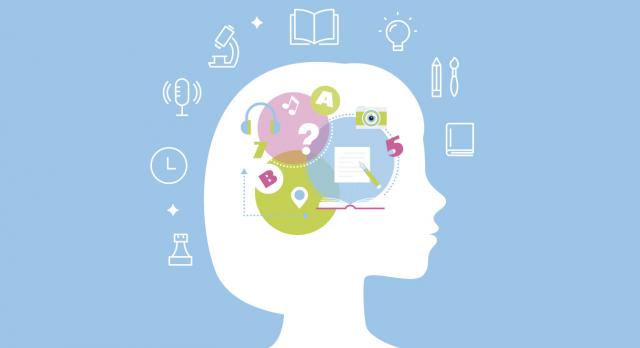Reading and dyslexia

Reading and dyslexia
Reading is one of the most exciting discoveries an individual can make. It is an essential skill for social, cultural, and economic exchange in modern societies yet 10% of the population has difficulties learning to read. We compare reading skills in typical and atypical (e.g., illiterate, deaf, or dyslexic) populations, using a range of specialized methods (e.g., EEG, fMRI, MEG, eye-tracking). We investigate the brain mechanisms that support reading and learning to read; the permanent changes to brain structure and function this learning generates; and how speech rhythms and phonological skills contribute to learning to read.
The left ventral occipitotemporal cortex (vOTC) is an important region in brain reading circuitry. We investigate to what extent different sub-areas within the vOTC are involved in orthographic, phonological and semantic computations and whether such computations are modulated by the use of different writing systems (alphabetic, non-alphabetic) or orthographic transparency. We carry out research on four highly contrasting languages: Spanish, English, Hebrew and Chinese.
To delineate the reading circuitry, we also combine functional laminar fMRI resolution measurements with high field strength (7 Tesla) MRI and advanced structural methods (e.g., quantitative MRI) to distinguish bottom-up and top-down signals to and from different layers of vOTC and their interactions with other areas of the cortex.
Learning to read relies on phonological awareness, namely learning associations between orthographic representations and speech sounds, i.e., phonemes. Children acquire a complete phonemic repertoire by learning to segment the speech signals they are exposed to in the first years of life. We investigate the extent to which poor synchronization between oscillatory neural activity in the auditory cortices and attended speech rhythms results in atypical early speech processing that, in turn, can lead to developmental dyslexia. We are also interested in how people with dyslexia, who generally do not show comprehension deficits, compensate for poor speech-brain synchrony. It remains unclear whether they can take advantage of contextual information to segment and recognize speech input, and whether children with better speech-brain neural synchronization at the pre-reading stage develop better reading abilities.
Can we predict the reading behavior of children based on their speech-brain synchronization and the functional and structural characterization of their thalamocortical connections? We have an ongoing large-scale project to investigate if speech-brain synchronization evaluated in infancy constitutes a reliable neural marker for the potential development of reading disorders (especially in children at risk of dyslexia). We further aim to develop a mechanistic model of the role of the thalamic nuclei and thalamocortical connections in typical reading and dyslexia, and to develop computational models based on deep neural networks that can predict reading behavior from these brain measures, allowing us to estimate a child’s future reading behavior from their pre-reading neural profile.
We are developing interventions for children at risk of dyslexia aimed at improving speech-brain synchronization using neurofeedback. A child’s sensitivity to the rhythmic properties of speech may be enhanced by brain-computer interface protocols and by playing with rhythmic sounds and music. Moreover, we are building new tools for the diagnosis of dyslexia.









